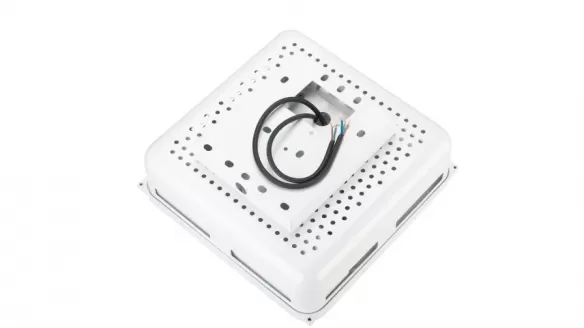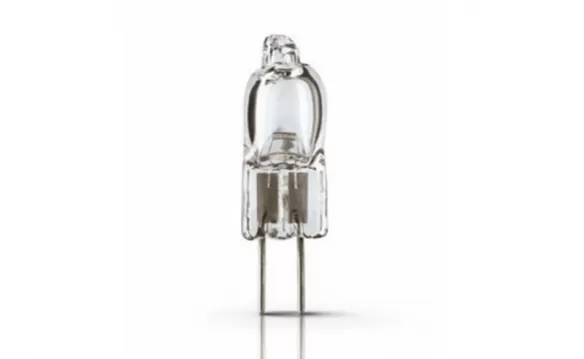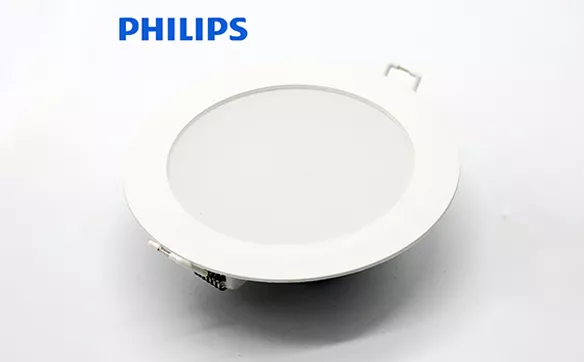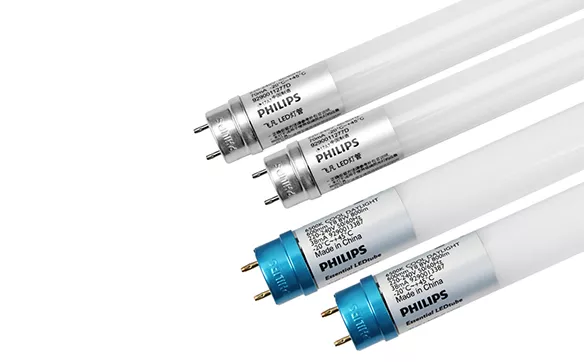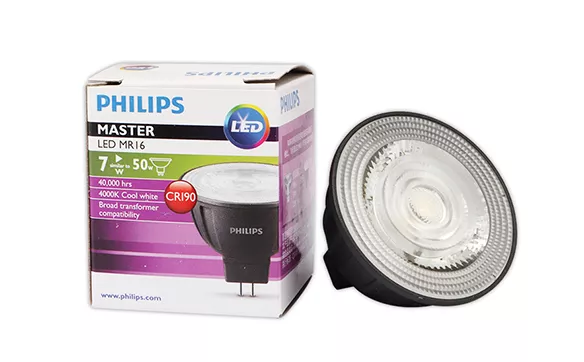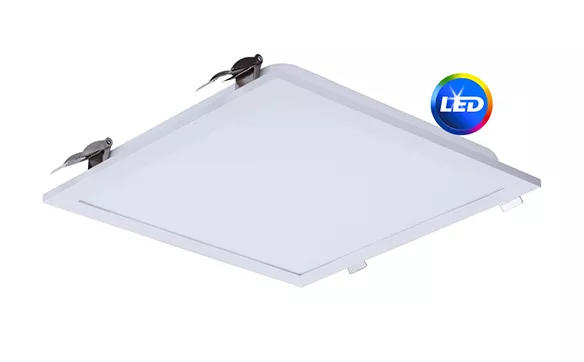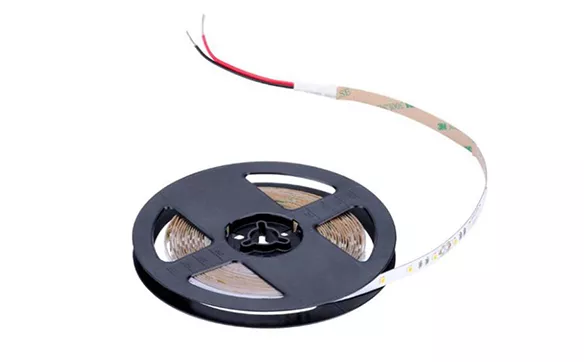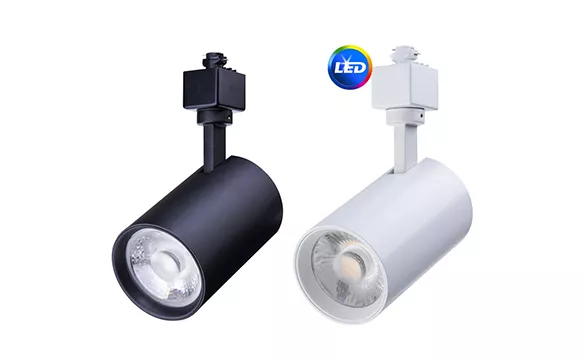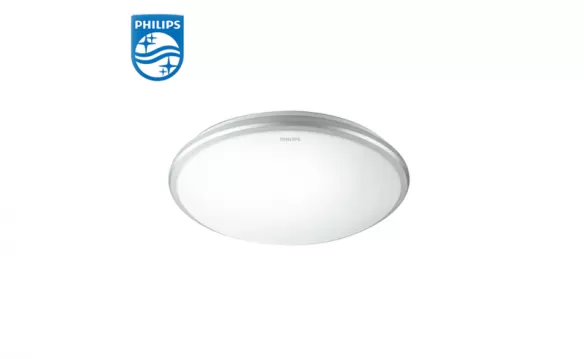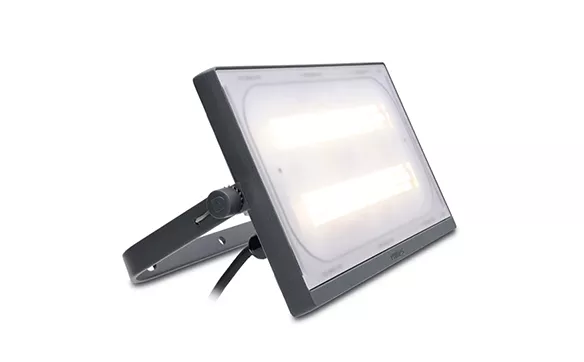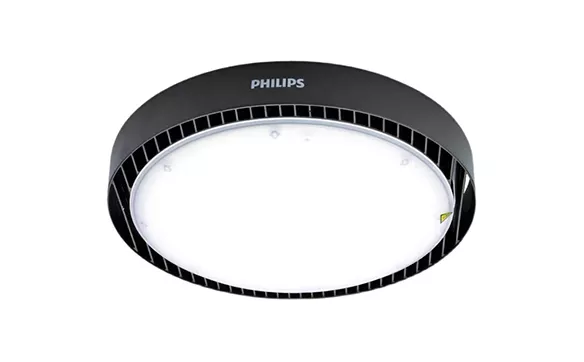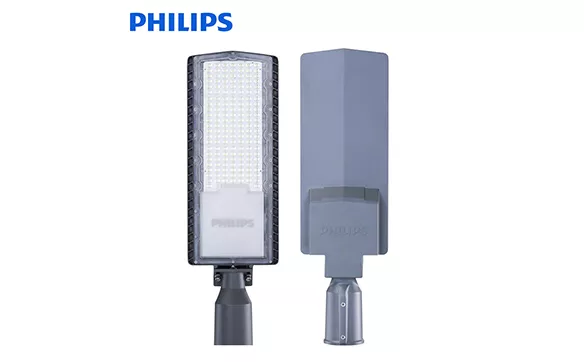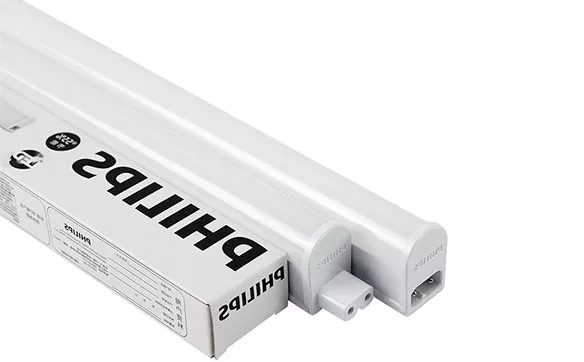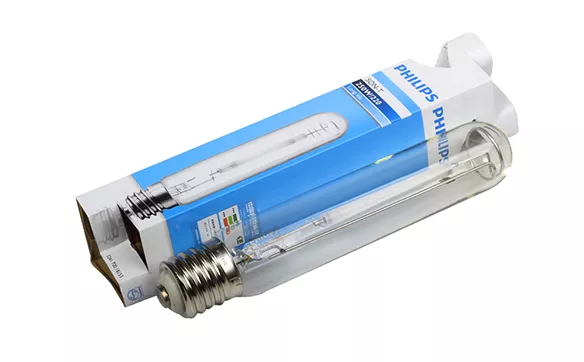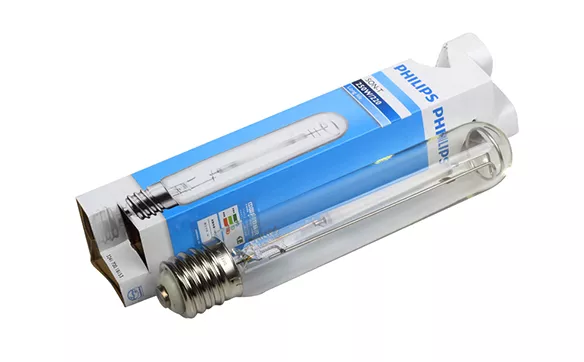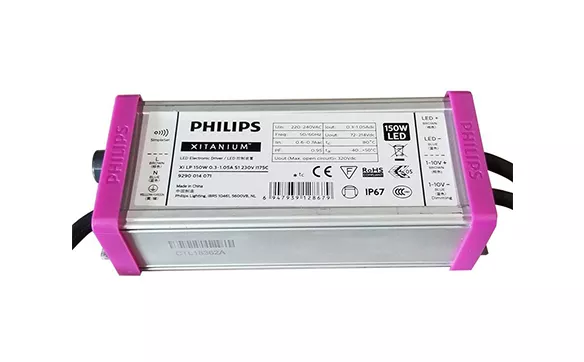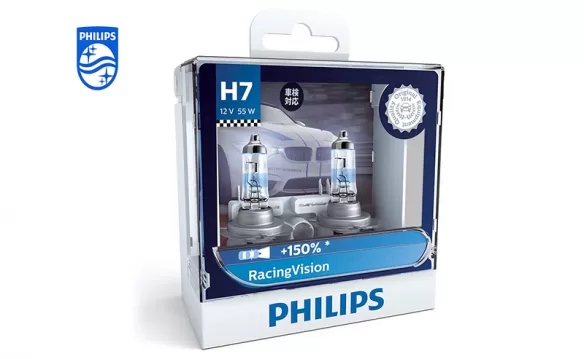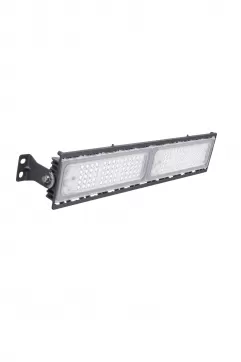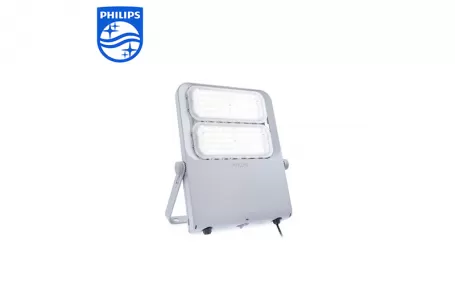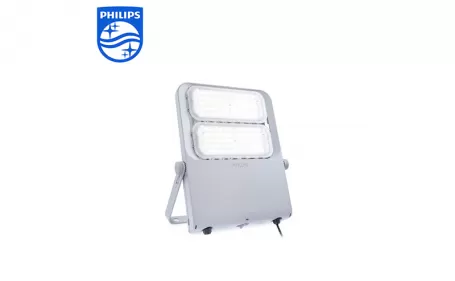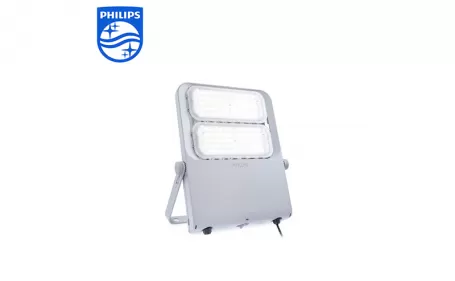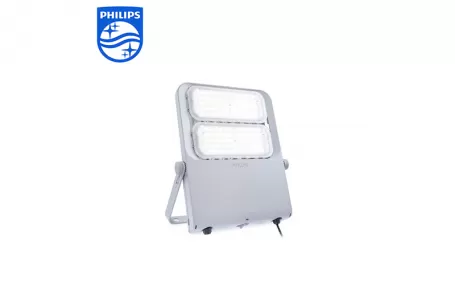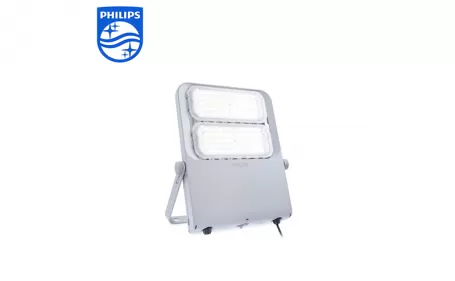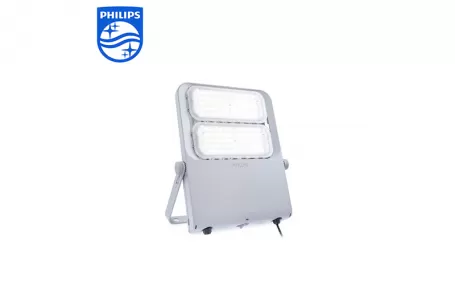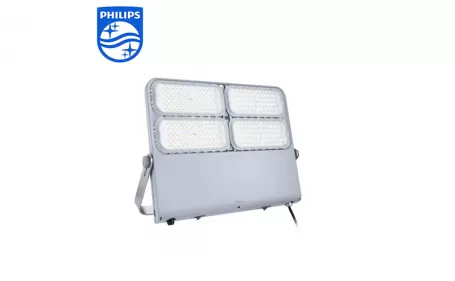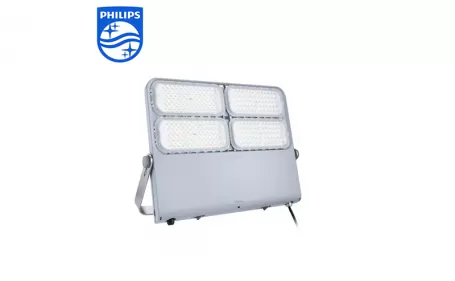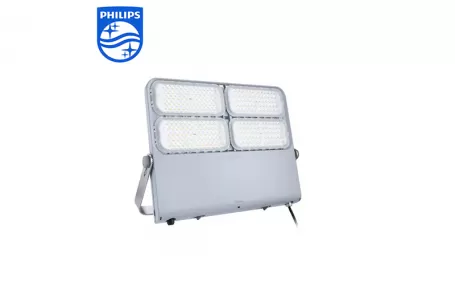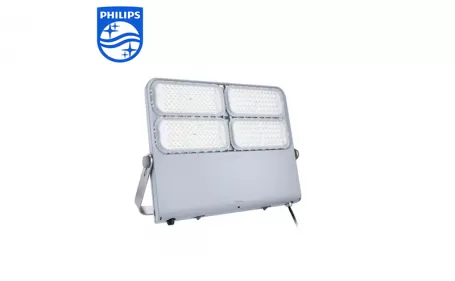In recent years, LED (Light Emitting Diode) technology has revolutionized the lighting industry, providing consumers with energy-efficient and long-lasting alternatives to traditional incandescent and fluorescent bulbs. LED light bulbs and spotlights offer numerous benefits, from energy savings to versatility in lighting design. This comprehensive guide explores the features, advantages, and considerations associated with LED lighting.
1. Understanding LED Technology
How LEDs Work
LEDs produce light by passing an electrical current through a semiconductor material. This process generates light through electroluminescence, making LEDs more energy-efficient and durable compared to traditional lighting technologies. LEDs are available in various colors, and their brightness can be easily controlled.
Energy Efficiency
One of the primary advantages of LED technology is its energy efficiency. LED light bulbs use significantly less energy than incandescent and fluorescent counterparts, translating to lower electricity bills and reduced environmental impact. This energy efficiency is due to the fact that LEDs convert a higher percentage of electrical energy into light, minimizing heat loss.
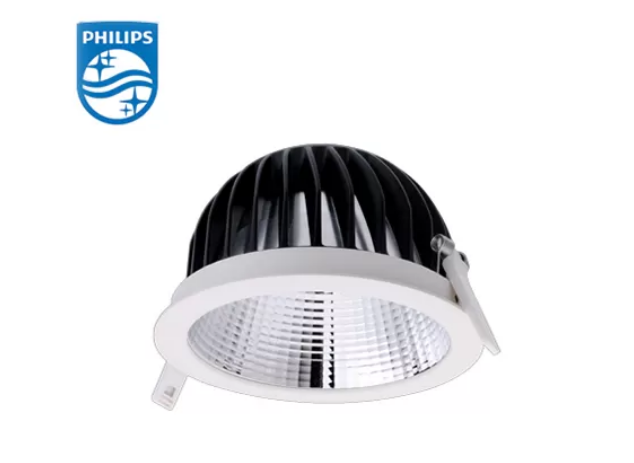
2. Benefits of LED Light Bulbs
Energy Efficiency
LEDs consume significantly less energy than traditional incandescent and fluorescent bulbs, making them an eco-friendly lighting option. They convert a higher percentage of electricity into light, reducing energy waste and lowering electricity bills. LED bulbs can consume up to 80% less energy than incandescent bulbs, making them a cost-effective choice in the long run.
Longevity
LED light bulbs have an impressive lifespan compared to traditional bulbs. While incandescent bulbs typically last around 1,000 hours and compact fluorescent lamps (CFLs) last around 8,000 hours, LED bulbs can last up to 25,000 hours or more. This extended lifespan not only reduces the frequency of bulb replacements but also minimizes maintenance costs.
Durability
LEDs are solid-state lighting devices, which means they are more robust and resistant to shock and vibration than fragile incandescent or fluorescent bulbs. LED bulbs are less prone to breakage, making them ideal for use in areas where durability is essential, such as outdoor lighting fixtures or high-traffic environments.
Instant Lighting
Unlike CFLs, which may take a few moments to reach full brightness, LED light bulbs provide instant illumination when switched on. This instant lighting feature is convenient and ensures that spaces are adequately illuminated without any delay or warm-up time.
3. Types of LED Bulbs and Spotlights
LED Bulbs
LED bulbs are available in a variety of shapes and sizes, making them suitable for different fixtures. Common shapes include A-shape (similar to traditional incandescent bulbs), BR (bulged reflector), and MR16 (multifaceted reflector) for spotlights. They also come in different color temperatures, ranging from warm white to cool white, allowing users to customize the lighting atmosphere.
LED Spotlights
LED spotlights are directional light sources that emit a focused beam, making them ideal for accent lighting, highlighting artwork, or illuminating specific areas. MR16 LED spotlights, in particular, are popular for their versatility and are often used in track lighting, recessed lighting, and landscape lighting applications. They provide precise control over where the light is directed, enhancing aesthetics and functionality.
4. Considerations for Choosing LED Lighting
Color Temperature
LEDs are available in various color temperatures, measured in Kelvins (K). Lower Kelvins (e.g., 2700K) produce warm, yellowish light resembling incandescent bulbs, while higher Kelvins (e.g., 5000K) produce cool, bluish light. Choosing the right color temperature depends on the desired ambiance and application.
Lumens and Brightness
Instead of relying on wattage, which indicates power consumption, LED lighting uses lumens to measure brightness. Higher lumens indicate brighter light output. When selecting LED bulbs or spotlights, consider the lumens required for the specific lighting task or space to achieve optimal illumination.
Conclusion
LED light bulbs and spotlights have become the go-to choice for individuals and businesses looking for energy-efficient, long-lasting, and versatile lighting solutions. Understanding the technology, benefits, and different types of LED lighting is crucial for making informed decisions when upgrading or installing lighting systems.
For a wide selection of high-quality LED light bulbs and spotlights, contact us. Our experienced team can assist you in choosing the right products for your specific needs, ensuring you enjoy the many advantages of LED technology.
Contact us today to explore our range of LED lighting options and make a purchase from a trusted supplier. Illuminate your space with efficiency and style.


